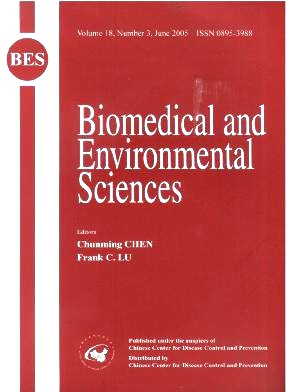Effects of of Habitats and Pesticides on Aerobic Capacity and Survival of Soil Fauna
-
Key words:
- Citrate synthase /
- Habitat /
- Pesticide /
- Soil fauna and desert
Abstract: Objective Faunal health is largely dependent on their soil environment and available litter quality. So the effects of different soil habitats and pesticides on citrate synthase (CS) activity of soil fauna and its population were studied. Methods The soil animals were collected from different pedoecosystems for habitat study. Whereas Vigna radiata based system was selected for pesticidal observations. The field was divided into five equal plots for control and treatment of γ-BHC, quinalphos, carbaryl and cypermethrin. Soil fauna was collected by quadrat method and extracted by Tullgren funnel. Individuals of a species having similar sizes were collected for the estimation of CS activity. They were homogenized and fractions were obtained by differential centrifugation. The activity of CS was assayed spectrophotometrically. Results Citrate synthase (CS) activity of beetle (Rasphytus fregi), woodlouse (Porcellio laevis) and centipede (Scolopendra morsitans) varied significantly with respect to changes in different soil habitats. Though the CS activity of R. fregi, P. laevis, and S. morsitans differed among themselves but the highest activity of CS in these animals was in V. radiata and lowest in A. nilotica based pedoecosystem. The aerobic capacity of centipede was maximum followed by woodlouse and beetle. The treatment of γ-BHC, quinalphos, carbaryl and cypermethrin significantly reduced the CS activity of these animals. γ-BHC showed maximum reduction in CS activity indicating highly toxic effect of organochlorine on aerobic metabolism of soil fauna. However, minimum reduction was observed in response to carbaryl (in beetle) or cypermethrin (in woodlouse/centipede) leading to impairment of aerobic capacity. The differences in pesticide effects might be assigned to the differences in chemical nature of pesticides and their interactions with below-ground fauna. Treatment of γ-BHC and quinalphos reduced the population of Acari, Coleoptera, Collembola, other arthropods as well as total soil fauna. Acari was least affected by γ-BHC and maximally affected (72%) in response to quinalphos. The effect of γ-BHC was fairly similar on Coleoptera, Collembola, other arthropod and total soil fauna suggesting almost similar sensitivity to this pesticide. Likewise, quinalphos was similarly effective on Collemobola and other soil arthropods. Application of carbaryl decreased Acari and Coleoptera population but increased Collembola, other arthropods and total faunal populations. However, application of cypermethrin significantly reduced the population of Acari, Coleoptera, Collembola and total soil fauna and increased the population of other soil arthropods. In both the cases, acarine population was least affected. Conclusion The observations show the habitat-specific variation in aerobic capacity of soil fauna. However, pesticide-dependent loss in population might be due to impairment of aerobic capacity of soil inhabiting animals in desert.
| Citation: | G. TRIPATHI, B. M. SHARMA. Effects of of Habitats and Pesticides on Aerobic Capacity and Survival of Soil Fauna[J]. Biomedical and Environmental Sciences, 2005, 18(3): 169-175. |







 Quick Links
Quick Links
 DownLoad:
DownLoad: